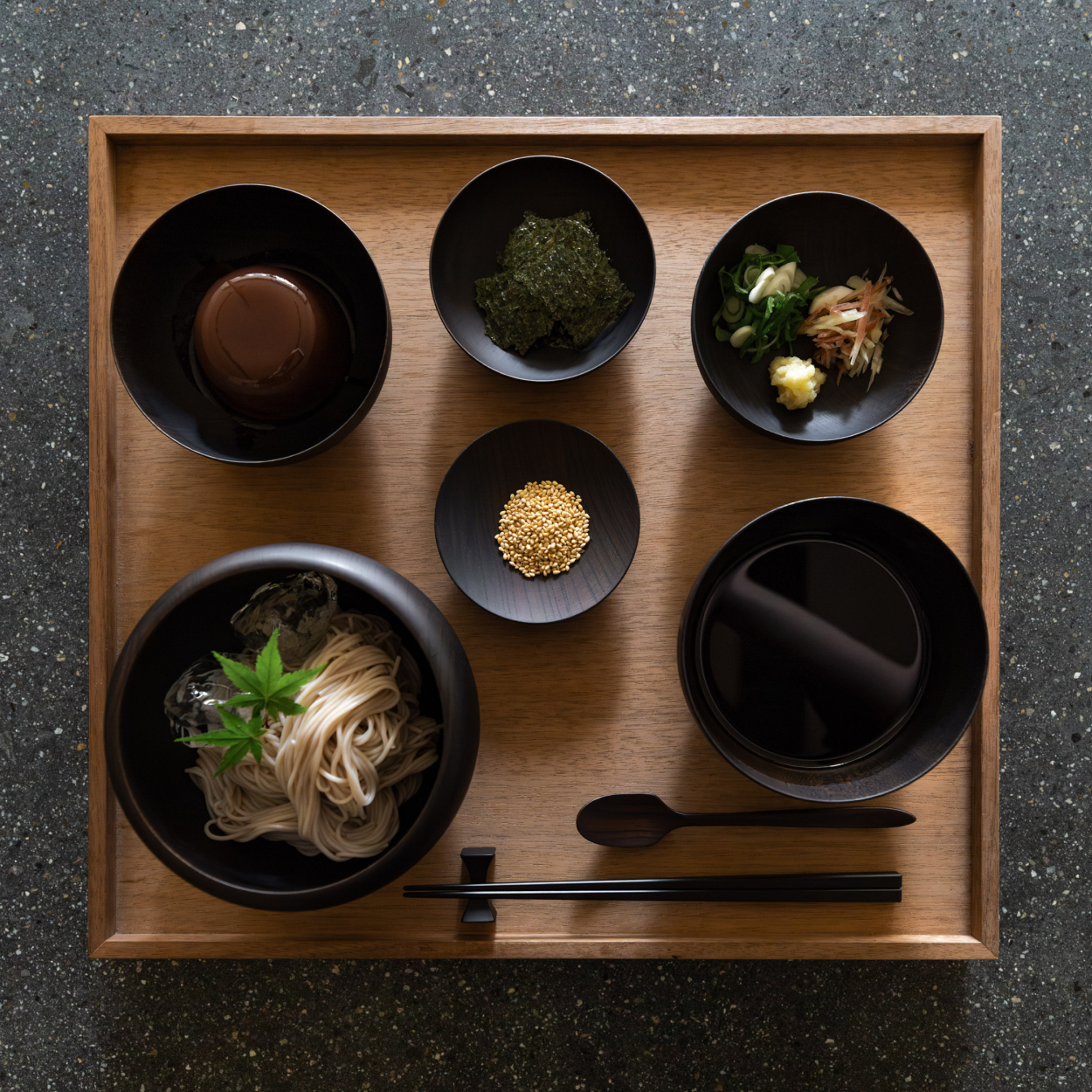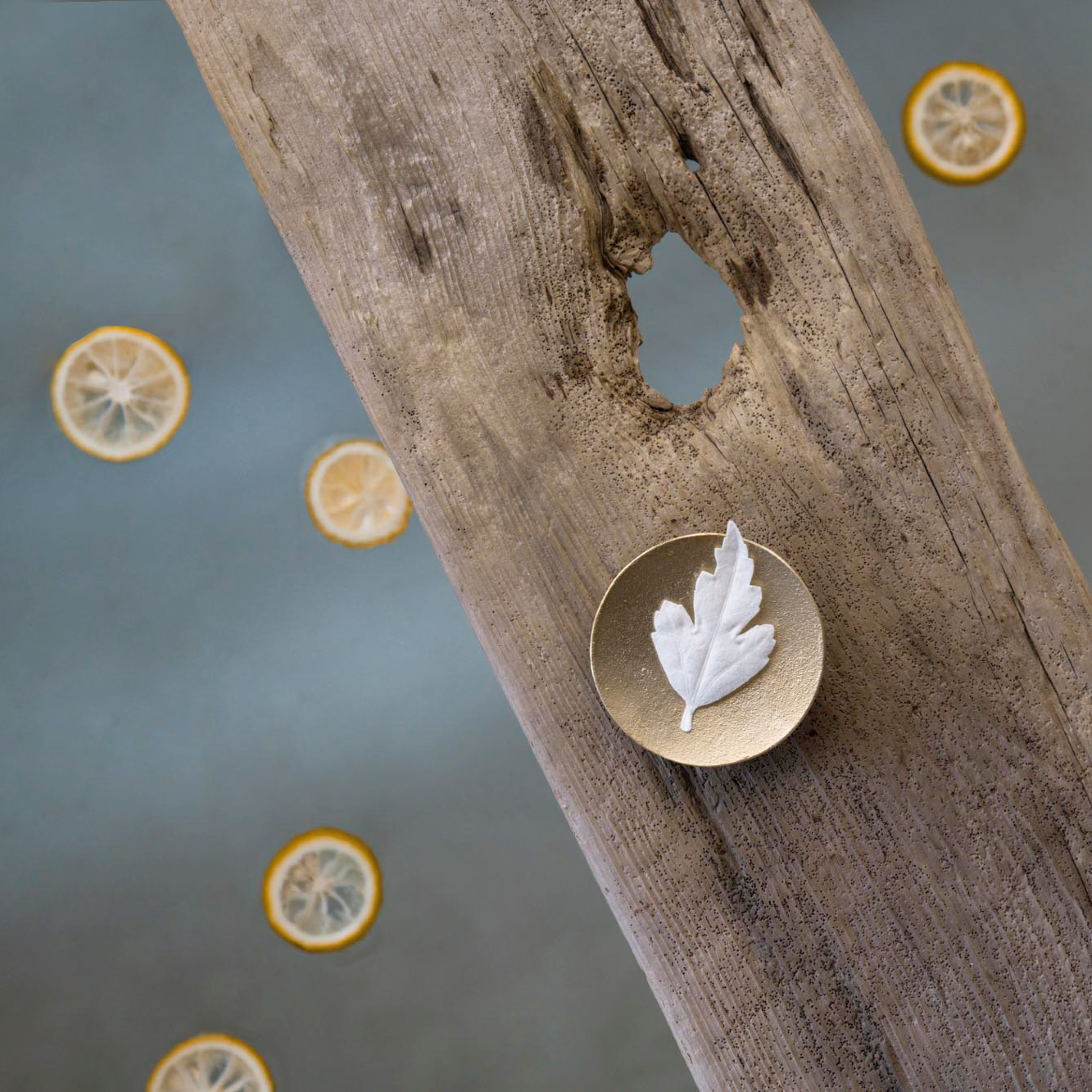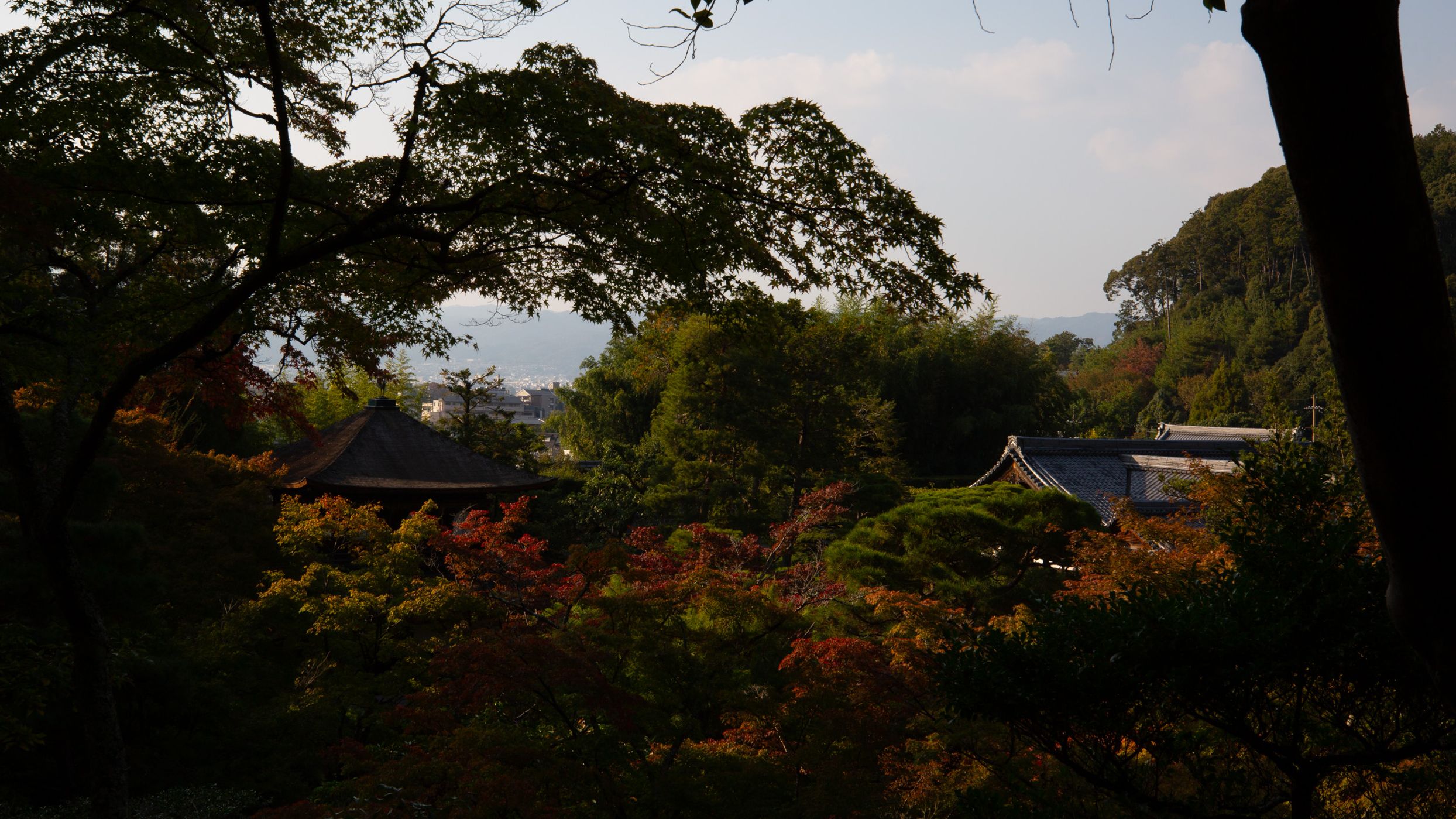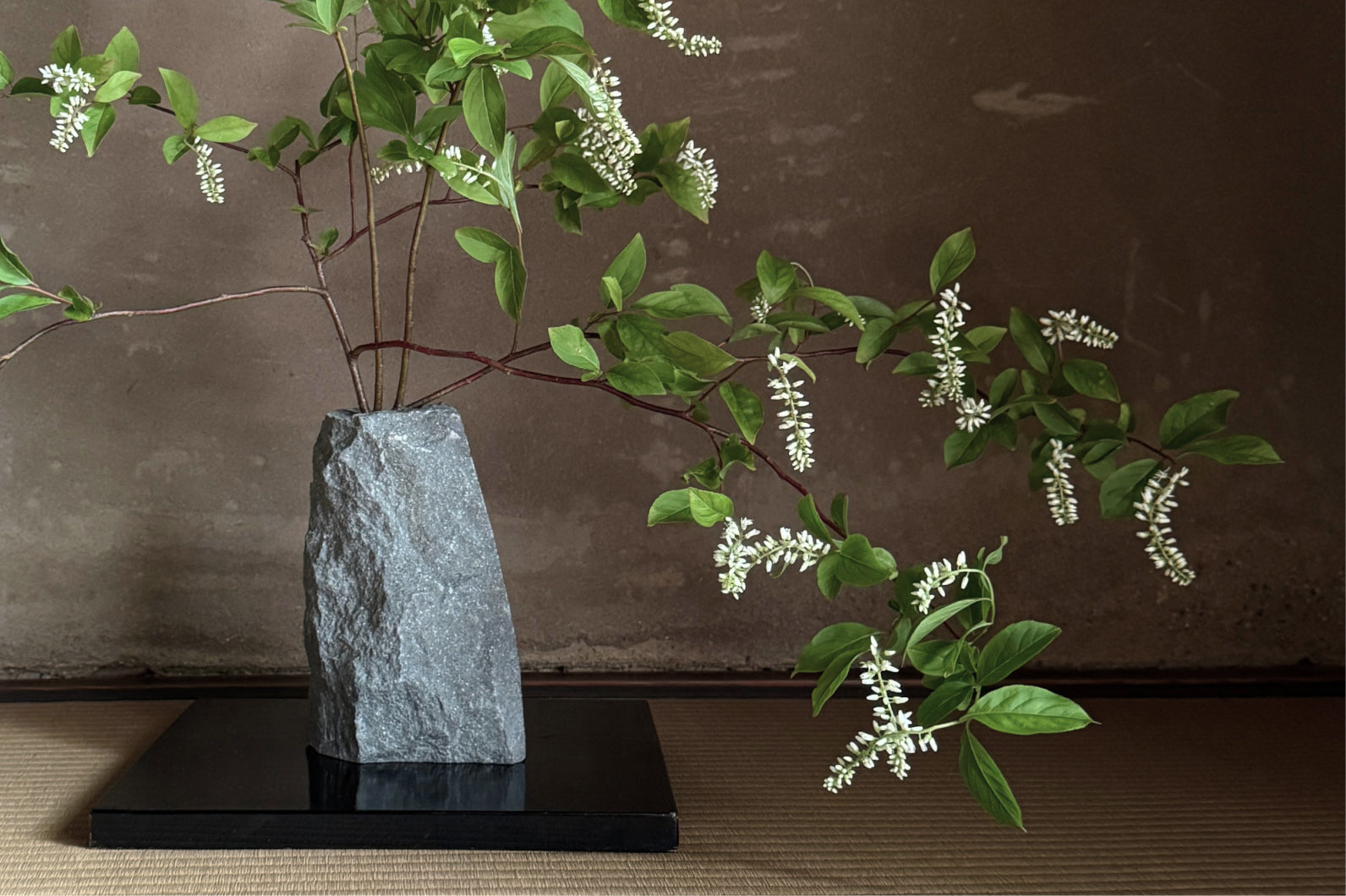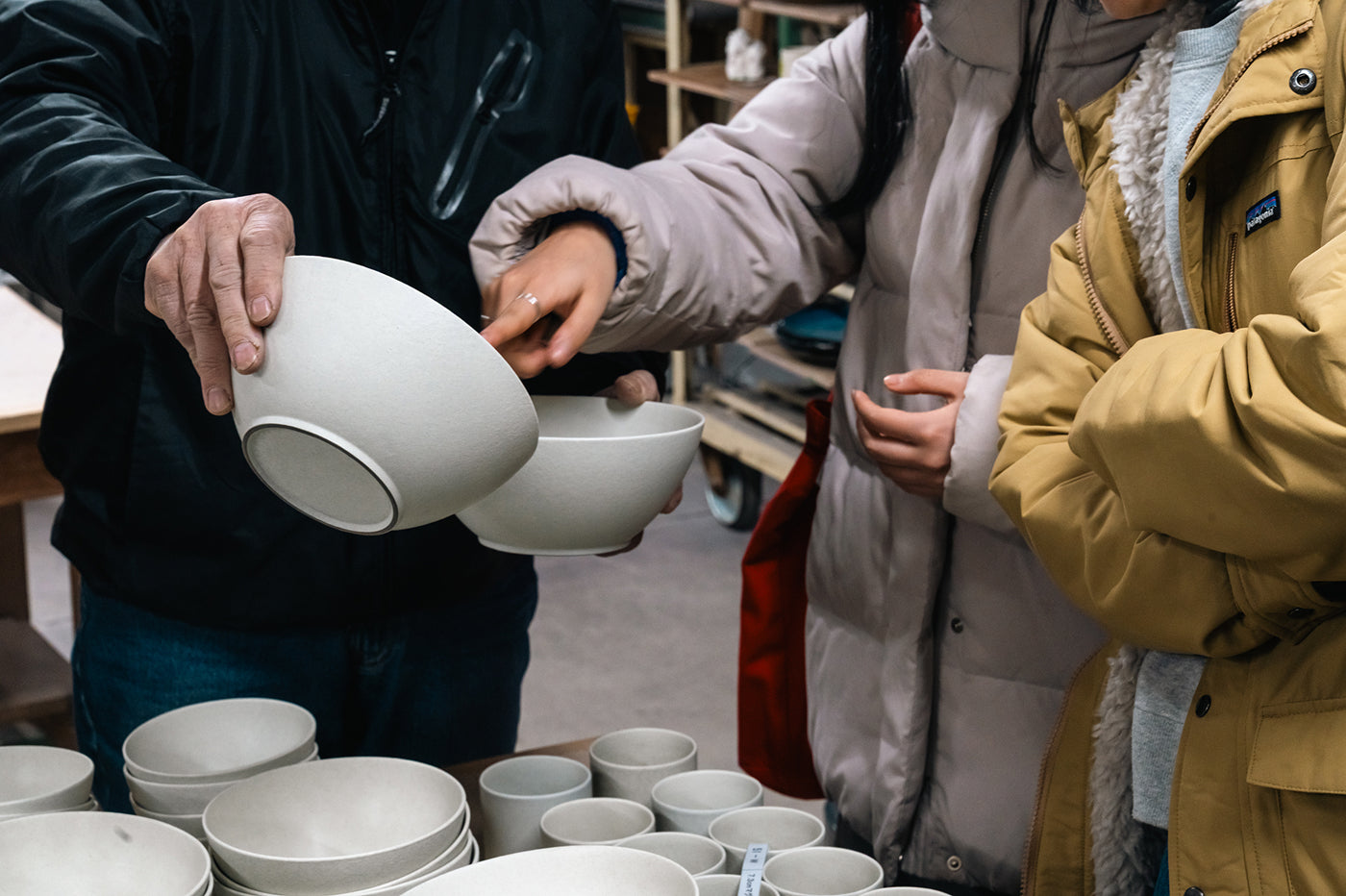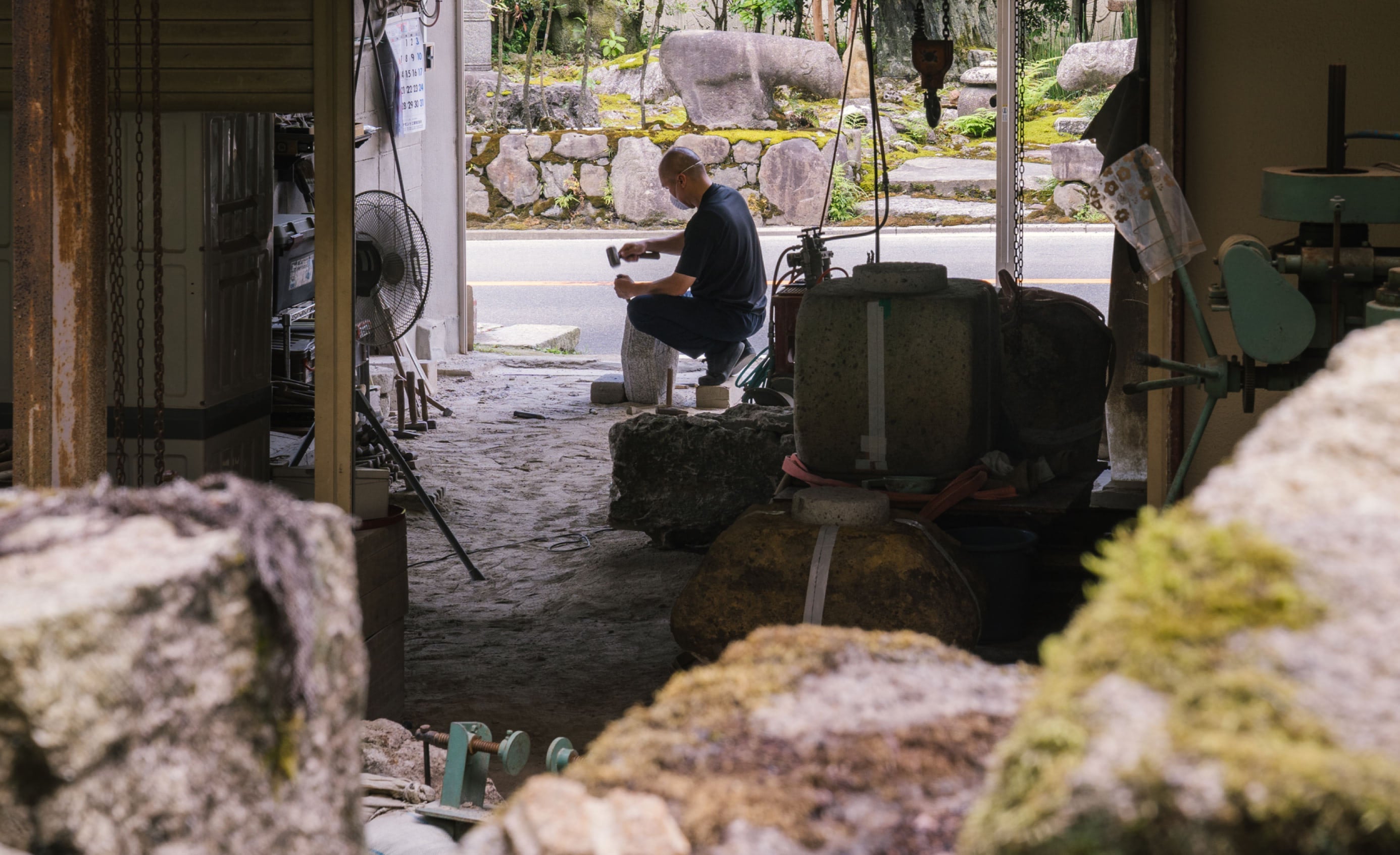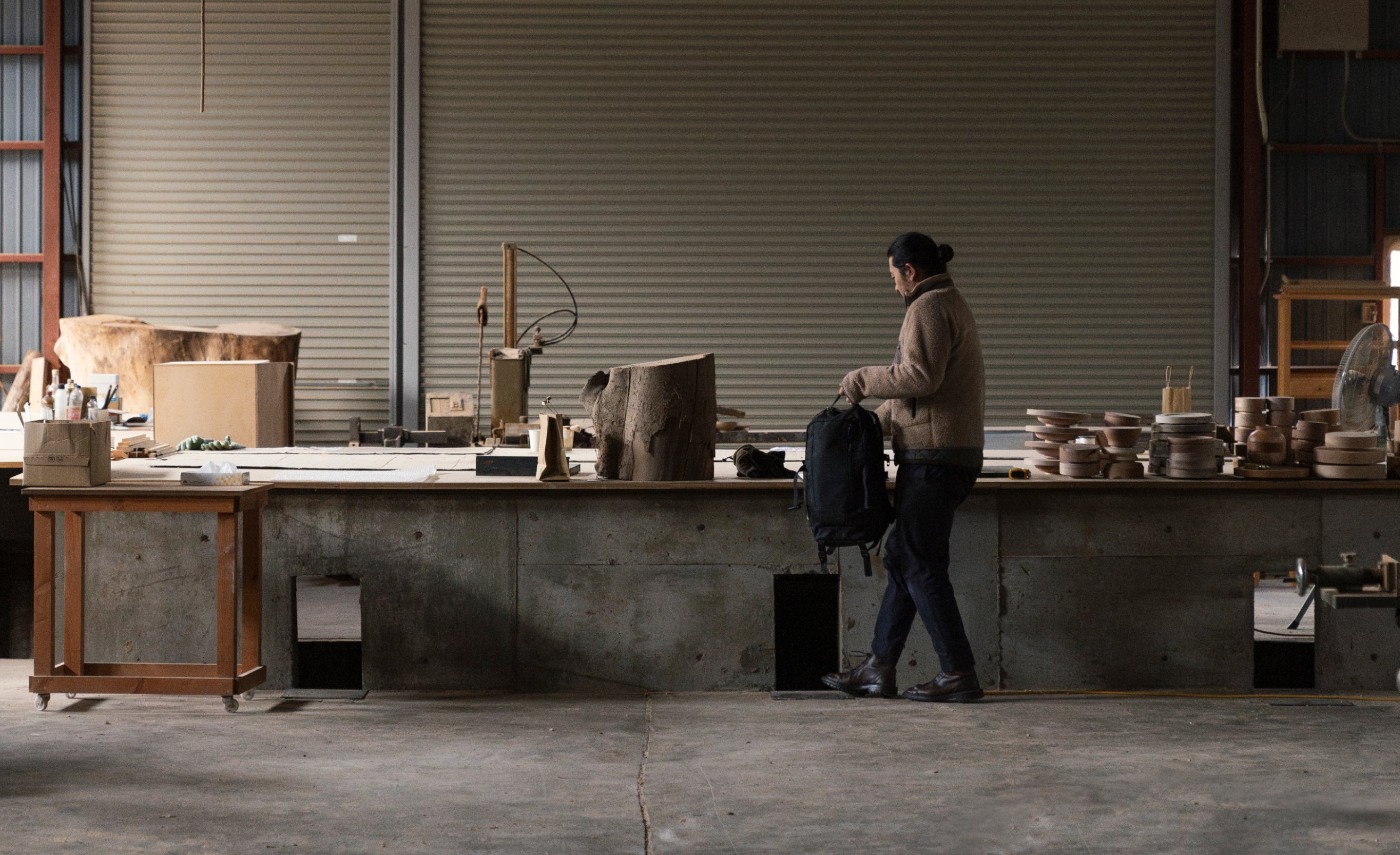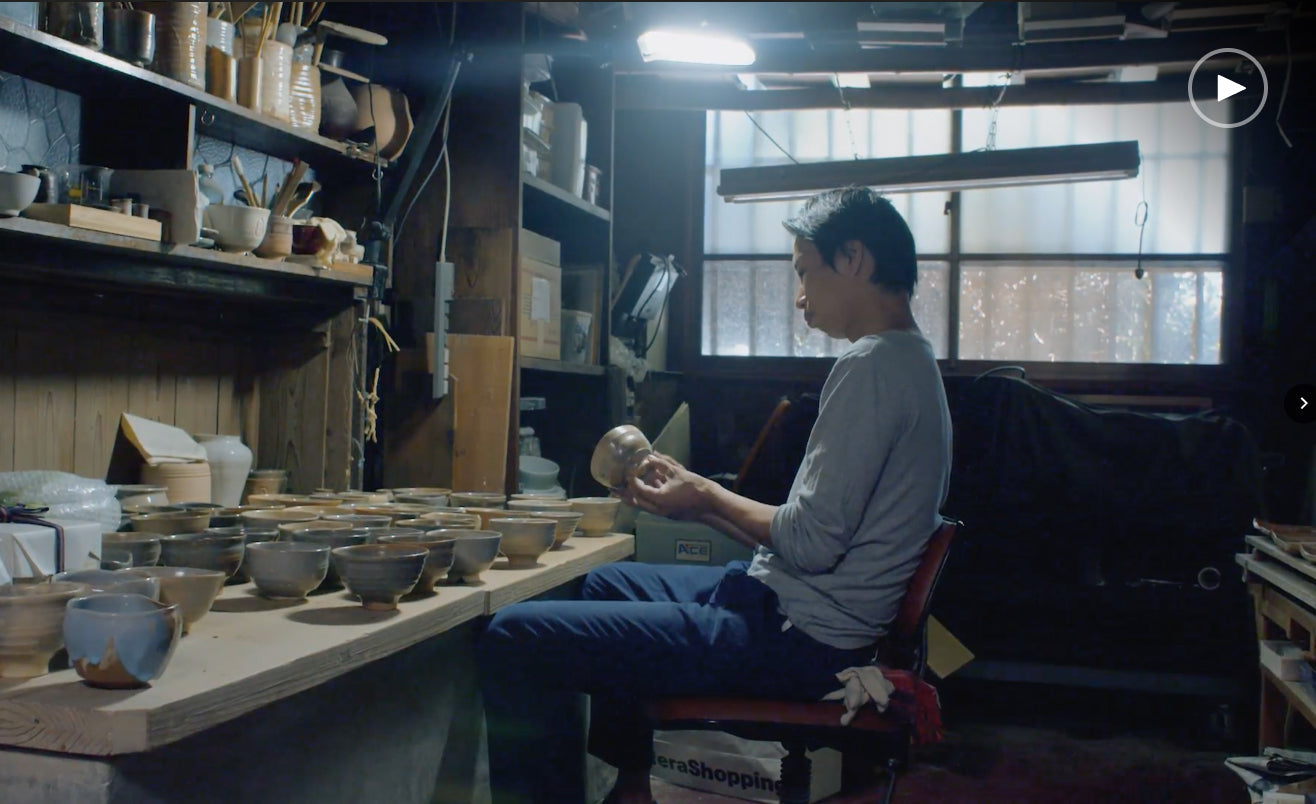The autumn season in Japan has an ancient and textured history celebrating nature, the arts, and community. From local to city-wide festivals known as matsuri, to tsukimi, or ‘‘moon viewing,’’ the appreciation of autumn’s ephemerality and harvest is an ancestral practice carried through to today.
Odes to autumn are immortalized across Japanese art forms, for example, in ancient works of poetry such as the Manyoshu (“Collection of Ten Thousand Leaves”), and in ukiyo-e (prints and paintings depicting the customs, amusements, and woes of everyday citizens). Even the black and red urushi lacquer used in kintsugi repair are reminiscent of this season. Likewise, momijigari, observing the changing foliage and picking up a few to bring the outdoors inside (especially red maples), recollects a time when people gathered in the mountains to take in the autumn landscape and compose music about the leaves.
Momijigari has a unique tie to Kyoto’s history, as well, its (recorded) inception sharing the moment when Kyoto was just becoming the imperial capital in the 8th century. Even today, Kyoto is one of the most popular destinations for celebrating autumn’s place in Japanese culture. Here, we share some of our favorite places in the city to experience this rich and storied season.
EXPERIENCES
STROLL THE PHILOSOPHER'S PATH (TETSUGAKU NO MICHI)
Lining the Higashiyama district is the mediative Philosopher’s Path. In the spring, the canal and stone path boast blooming cherry blossom trees, and in autumn, warm hues soften the road with yellows, reds, and orange shades, making this one of the city’s most beautiful places to contemplate the changing seasons.
MOMIJIGARI AT GINKAKUJI
The Philosopher’s Path leads to Ginkakuji (the Silver Pavilion), which is the fabled origin of kintsugi repair. Here, you can stroll the temple grounds, follow a mossy path under the entire spectrum of autumnal colors, and behold expansive views of the city of Kyoto.

VISIT NUNUKA LIFE GALLERY
After exploring Ginkakuji, stop by Nunuka Life Gallery for some more inspiration. Just a two-minute walk from the temple, the gallery features ongoing exhibits from both modern and traditional artisans, including kintsugi artists, making the space a unique blend of contemporary and classic craftsmanship. For the latest information, please refer to the gallery’s Instagram.
EATERIES
SNACK AT AO ONIGIRI
Cafes and shops dot the Philosopher's Path but for another option to warm your hands on your walk, consider stopping at Ao Onigiri, a popular onigiri shop. Approximately 100 meters west of the Philosopher's Path, Ao Onigiri offers take-out* options for your stroll. The onigiri include a variety of options, such as classics like salmon onigiri, and more modern takes on onigiri, like keema curry.
The shop is open Wednesday through Saturday, from 10 a.m. until 18:00, or, until the onigiri sell out. By pre-ordering your order online the day before, you can be sure that your preferred onigiri will be available.
*Currently, the in-restaurant dining option is closed.
VISIT HASHIMOTO HAKUSA SONSO HASHIMOTO KANSETSU GARDEN AND MUSEUM
For a more filling lunch, you can enjoy traditional Japanese cuisine at Hashimoto, located inside the Hakusa Sonso Hashimoto Kansetsu Garden and Museum. The traditional Japanese building was built by Japanese painter Kansetsu Hashimoto as a studio for his own work. Now designated as a national scenic spot, you can enjoy the season with lunch and tea at Hashimoto, before walking the impressive garden and gallery.
The restaurant is open from 11 a.m. to 17:00 p.m., Monday through Saturday.
For even more food recommendations around Kyoto, check out our last year’s Autumn Itinerary post.
In Autumn, we rediscover the artistry of nature's repair, reminding us that changing forms are meant to be embraced. We hope that you can observe and enjoy these transitions here, in Kyoto.
